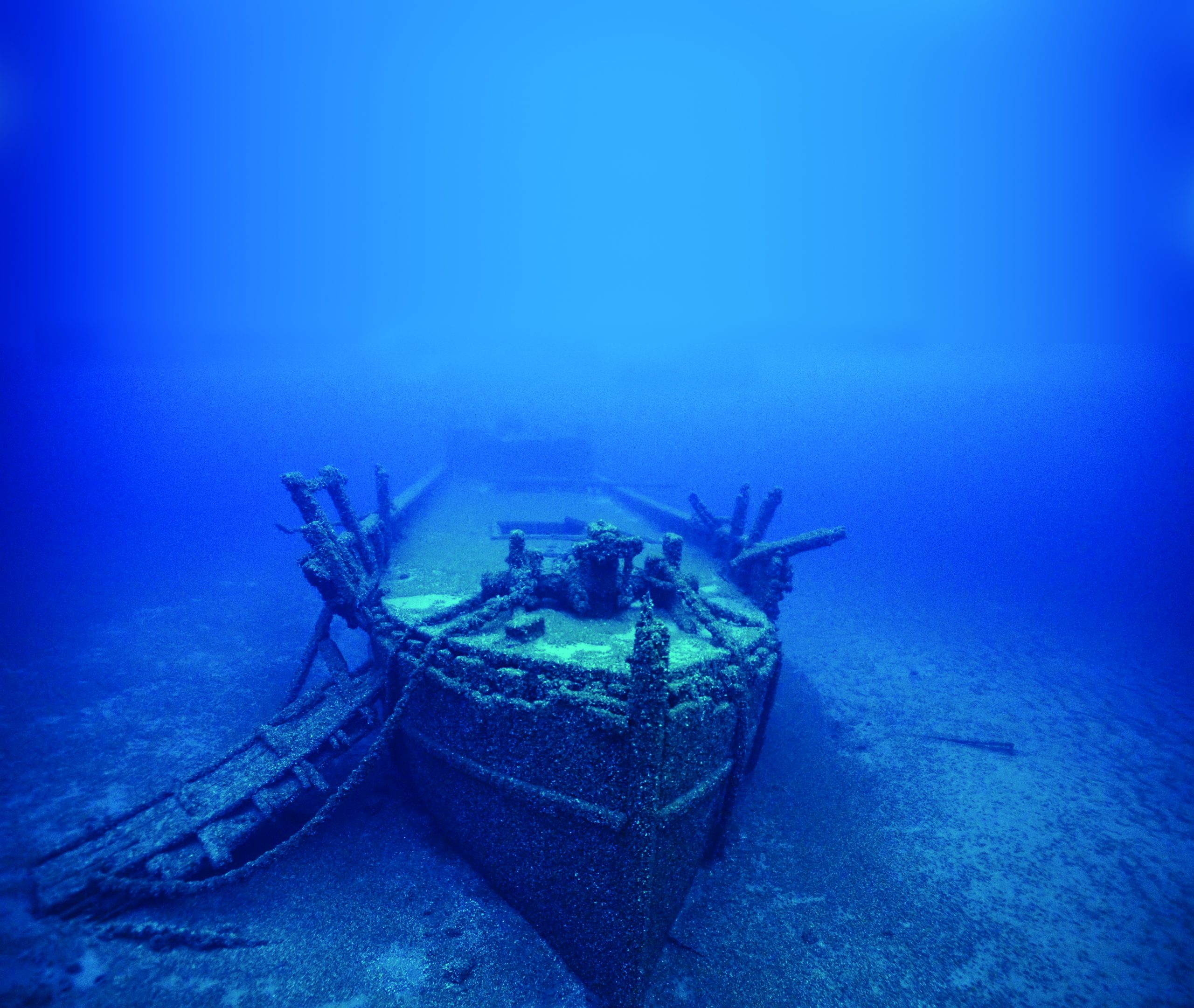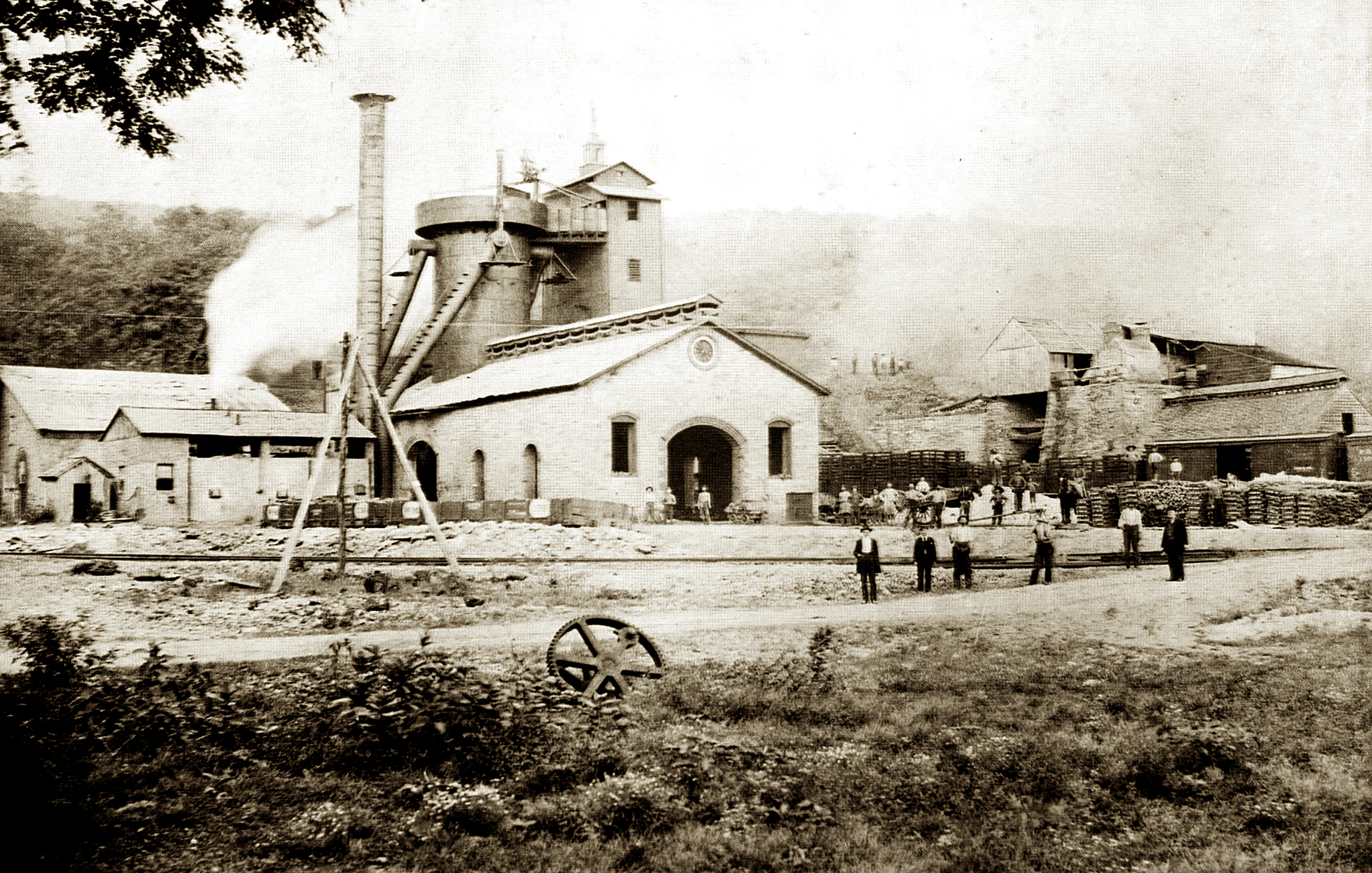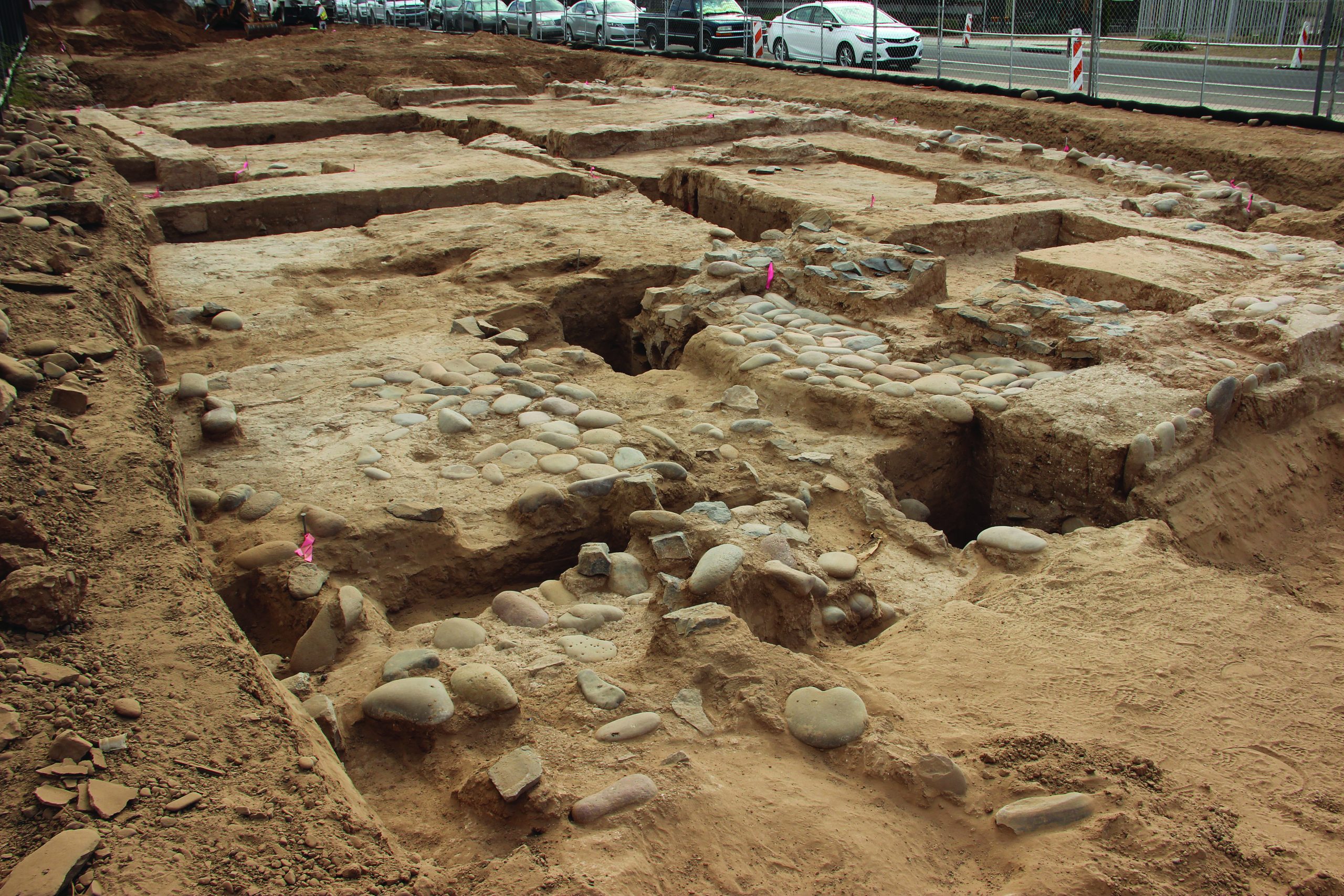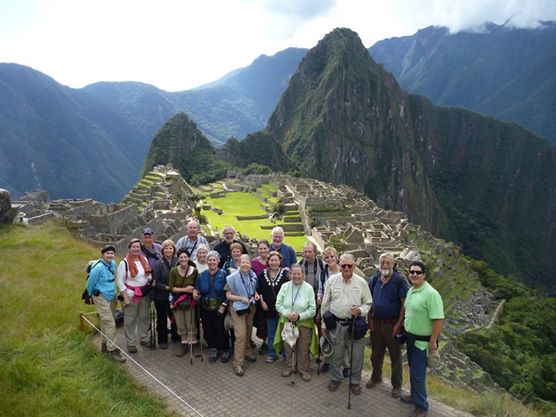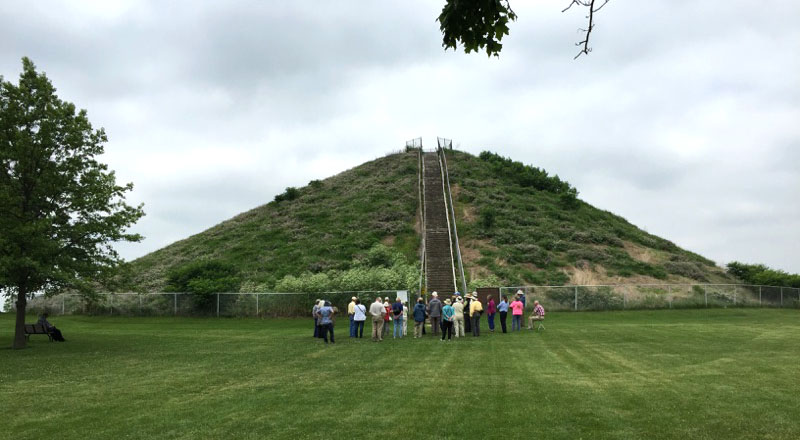Unearthing America: A Journey Through the Nation’s Hidden Past

Preserving the past…
for the future
Dive deep into cultural heritage with The Archaeological Conservancy by going on one of our virtual site visits. These video tours let you explore our preserves from the comfort of your own home and experience why it is important to contribute to preserving the very best of our Nation’s history.
Winter 2023-24
From The Current Issue
Archaeological Tours
EXPLORE
ANCIENT
WONDERS
Unique opportunities to explore
ancient sites and learn from
experts in the field.
The Archaeological Conservancy maintains over 585 preserves in five designated regions across the United States.
WHERE WE WORK
Preserves shed fresh light on America’s rich archaeological tapestry, revealing untold stories from ages past.
OUR PRESERVES
About the Conservancy
WHO WE ARE
Since its beginning in 1980, About the Conservancy has now preserved 585 sites across the nation, ranging in age from the earliest habitation sites in North America to a 19th-century frontier army post.




